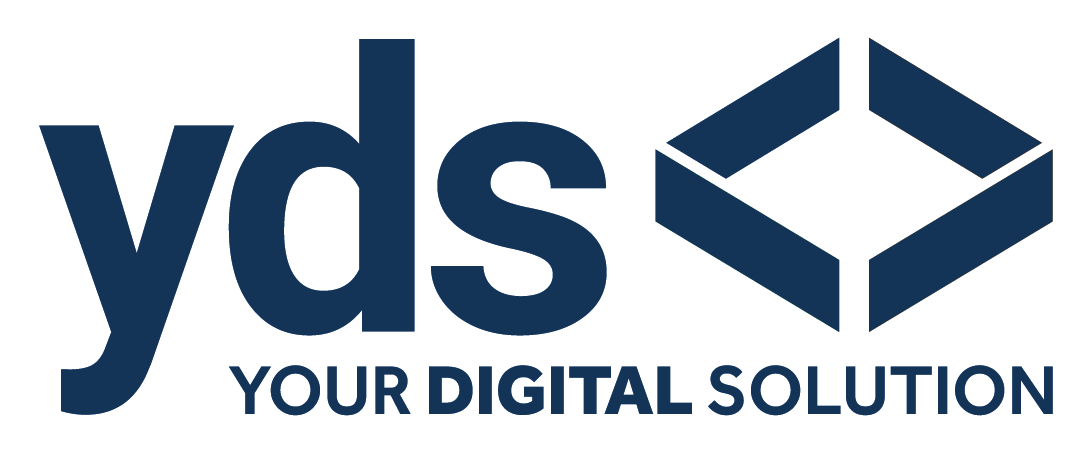Most of you probably already know that SEO stands for Search Engine Optimisation. This actually is the practice of increasing the quality and quantity of your website’s traffic through organic search engine results.
In order to better understand the true meaning of Search Engine Optimisation, let’s break down the definition into several parts:
- Quality of Traffic: You may attract many visitors from all around the world, but if they come to your site just because Google tells them one thing, and you are totally the opposite, that is not quality traffic. Instead, you should work towards attracting visitors who will be really interested in the services you offer.
- Quantity of Traffic: When you have the right visitors from SERPs (Search Engine Results Pages), more traffic is better.
- Organic Traffic: Organic traffic is actually unpaid traffic which comes from SERPs.
How does SEO works?
Search Engine Optimisation is a process which optimizes your website in order to get organic (unpaid) traffic from SERPs. So, basically SEO works by you making certain changes to your website content and design which make your site look more appealing to search engines, and appear as one of the top results on the SERP.
Anyhow, even SEO can get quite complicated when it comes to all the factors which may impact your website’s ranking, the basic process is very simple to understand. Search engines aim to provide their users with the best service possible, which means they deliver high quality results that are relevant to what a visitor is looking for.
There are numerous benefits of SEO. By improving your Search Engine Optimisation, you work toward expanding your visibility on the search engines. By doing so, you’ll reach and engage more potential customers, and by creating SEO focused content you increase your chances of getting more targeted organic traffic to your website.
Now, let’s check out some of the main SEO factors which can help with search ranking:
- Title tag
The title tag tells the engines exactly what the page is about. This tag should be 70 characters (or less) and should include both the focus keyword as well as the business name.
- Meta Description
Meta description should include your focus keyword/s, as well as provide the readers with enough details about the content, so they can understand what the content is about and if it’s relevant.
- Sub-headings
The sub-headings make your content easier to read for your visitors while improving your SEO.
- Internal links
Including hyperlinks or internal links may help you with your SEO and help search engines learn more about your website.
In conclusion, you’ll want to make sure that all of your content focuses on one or two keywords tops. By doing so, you will make sure that your content is relevant and specific.
If you’re not happy with your search engine rankings, feel free to contact Your Digital Solution, as we are always here for you.


